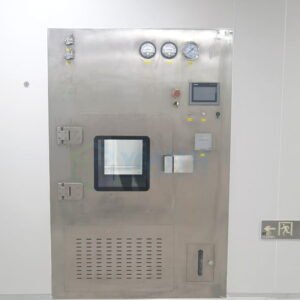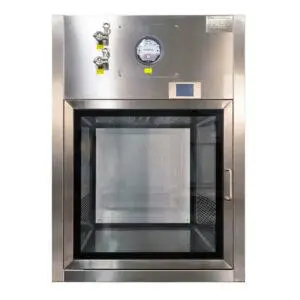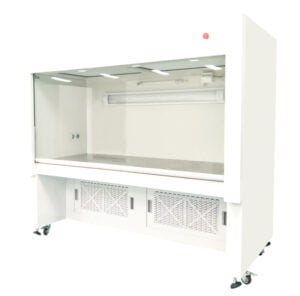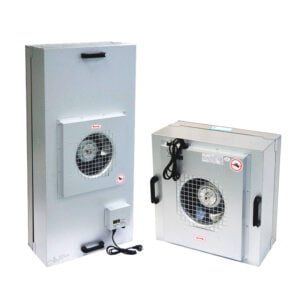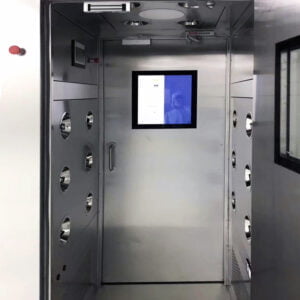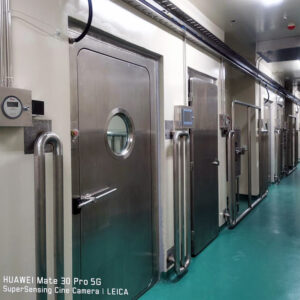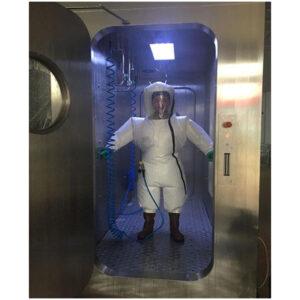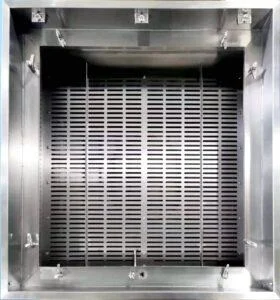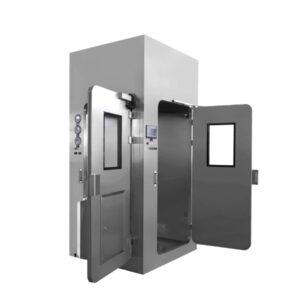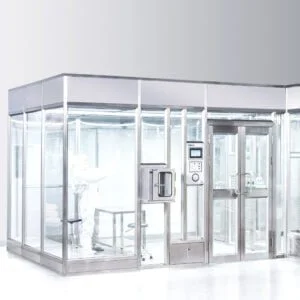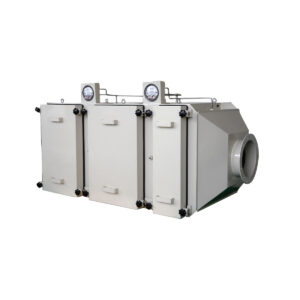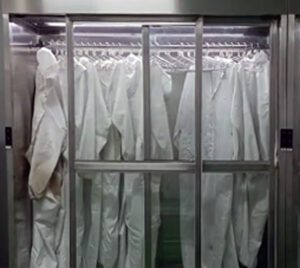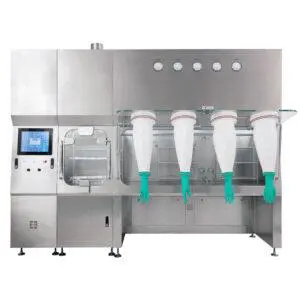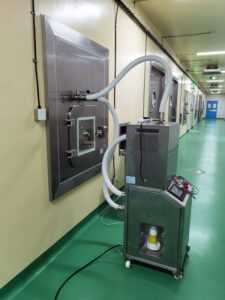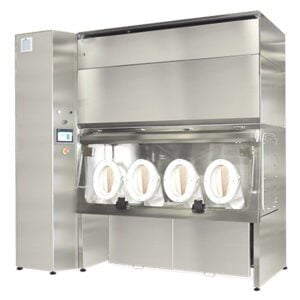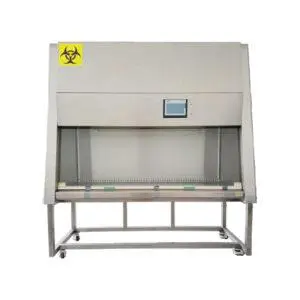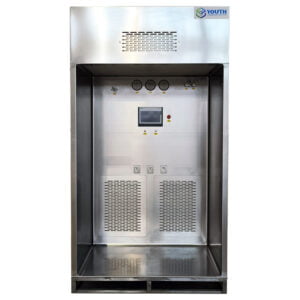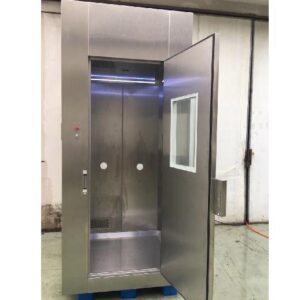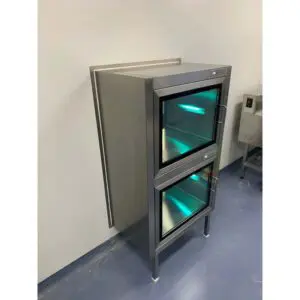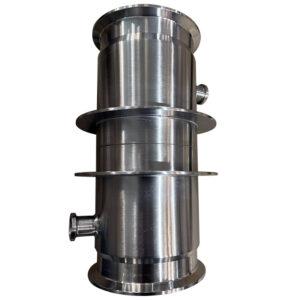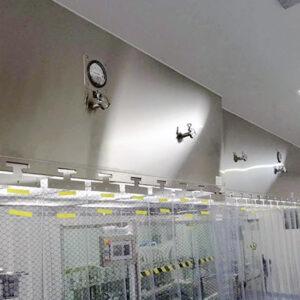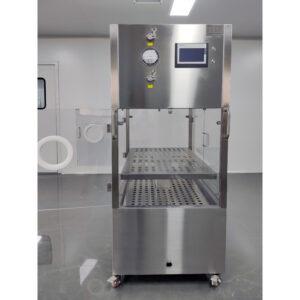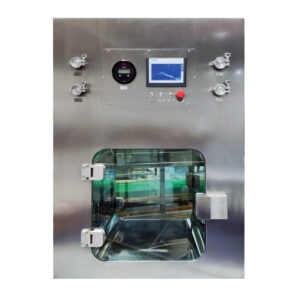Cleanroom doors play a pivotal role in maintaining the cleanliness and integrity of controlled environments. Whether you’re designing a new cleanroom or upgrading an existing one, choosing the right cleanroom door is a critical decision. In this guide, we’ll walk you through the essential steps to ensure you select the perfect cleanroom door for your specific needs.
Introduction to Cleanroom Doors
Cleanroom doors are not just any doors; they are specialized components designed to prevent contamination while allowing the controlled flow of people, materials, and equipment. Making an informed choice is key to the success of your cleanroom.
Understanding Cleanroom Requirements
Cleanroom Classification
Start by understanding the classification of your cleanroom, which dictates the level of cleanliness required. Different industries adhere to specific cleanliness standards, such as ISO 14644-1, to classify cleanrooms based on particle counts.
Traffic Flow
Consider the nature and frequency of traffic passing through the door. Is it primarily personnel, carts, or a combination of both? This insight helps determine the door type and size needed.
Environmental Factors
Assess the environmental conditions within your cleanroom. Factors like temperature, humidity, and exposure to chemicals can influence the choice of door materials.
Types of Cleanroom Doors
Cleanroom doors come in various types, each catering to different requirements:
Swing Doors
Swing doors are traditional hinged doors suitable for low-traffic cleanrooms. They provide a simple and effective solution for controlled access.
Sliding Doors
Sliding doors are space-saving and ideal for areas with limited clearance. They offer smooth and efficient operation, making them suitable for medium to high-traffic cleanrooms.
Roll-Up Doors
Roll-up doors are quick and efficient, making them ideal for high-traffic cleanrooms. They can be constructed from materials like PVC, providing a cost-effective solution.
Hermetic Doors
Hermetic doors seal tightly and are designed for cleanrooms with stringent environmental control requirements, such as those in the pharmaceutical or biotech industries.
Material Selection
The choice of material for your cleanroom door is critical:
Stainless Steel
Stainless steel doors are renowned for their durability, resistance to corrosion, and ease of cleaning. They are an excellent choice for cleanrooms with strict hygiene standards.
Aluminum
Aluminum doors are lightweight, corrosion-resistant, and suitable for moderate-cleanliness environments. They offer versatility and durability.
Plastic Laminate
Plastic laminate doors are cost-effective and can be used in less critical cleanrooms. They are available in various finishes to match your cleanroom’s aesthetic.
FRP (Fiberglass-Reinforced Plastic)
FRP doors are resistant to chemicals and moisture, making them ideal for wet environments within cleanrooms.
Ensuring Air Tightness
Maintaining air tightness is crucial to prevent the ingress of contaminants. Look for the following features:
Gasket Seals
High-quality gasket seals ensure an airtight closure when the door is shut, preventing the escape of clean air and the entry of contaminants.
Interlocking Systems
Interlocking systems ensure that only one door can be open at a time. This minimizes the risk of cross-contamination by preventing both doors from being open simultaneously.
Compliance and Certification
Your cleanroom door should comply with industry standards and regulations:
Fire Ratings
Depending on the location of your cleanroom, you may need fire-rated doors to meet building codes and safety requirements.
Cleanroom Standards
Ensure that your cleanroom door aligns with the required cleanliness standards for your cleanroom class. Compliance is essential for maintaining the desired level of cleanliness.
Maintenance and Support
Consider the long-term maintenance and support for your cleanroom door:
Supplier Reputation
Choose a reputable supplier known for producing high-quality cleanroom doors. A supplier’s reputation directly impacts the performance and longevity of your cleanroom components.
After-Sales Support
Ensure that the supplier offers comprehensive after-sales support, including maintenance services and readily available replacement parts. Timely support is crucial for minimizing downtime in your cleanroom.
Budget Considerations
While quality is paramount, it’s essential to align your choice with your budget. Consider not only the initial cost but also long-term maintenance and potential energy savings when selecting a cleanroom door.
Conclusion
Choosing the right cleanroom door is a critical decision that impacts the functionality and cleanliness of your controlled environment. By understanding your cleanroom’s specific requirements, considering door types, materials, air tightness, compliance, and budget, you can make an informed choice that ensures the integrity of your cleanroom.
Q&A on Cleanroom Doors
- Why is air tightness crucial in cleanroom doors?
- Air tightness prevents contaminants from entering or escaping the cleanroom, ensuring a controlled and clean environment.
- What materials are commonly used in the construction of cleanroom doors?
- Stainless steel, aluminum, plastic laminate, and FRP are common materials, each suited to different cleanroom requirements.
- How can interlocking systems enhance cleanroom safety?
- Interlocking systems ensure that only one door can be open at a time, reducing the risk of cross-contamination and maintaining cleanroom integrity.
- Why is compliance with cleanroom standards important?
- Compliance with cleanroom standards is essential to meet industry-specific cleanliness requirements and maintain a controlled environment.
- What should I consider when selecting a cleanroom door within a budget?
- While cost is a factor, also consider long-term maintenance and potential energy savings to make a cost-effective choice.
Related Contents:
- Doors and pass boxes: 6 factors of quality
- Ensuring Sterility in Cleanrooms: The Crucial Role of YOUTH Biosafety Airtight Doors
- How to choose FFUs and AHUs?
- The Cleanroom Experience: A Guide to Safe and Efficient Operations
- Ensuring Sterility: The Role of YOUTH Biosafety Airtight Doors in Cleanrooms
- Fan Filter Units: Balancing Efficiency and Cost-Effectiveness
- Selecting the Right Fan Filter Unit for Your Cleanroom Needs
- Fan Filter Units for Semiconductor Cleanrooms: A Must-Have Solution
- Revolutionizing Cleanrooms Equipment: Affordable and Efficient Design and Construction

